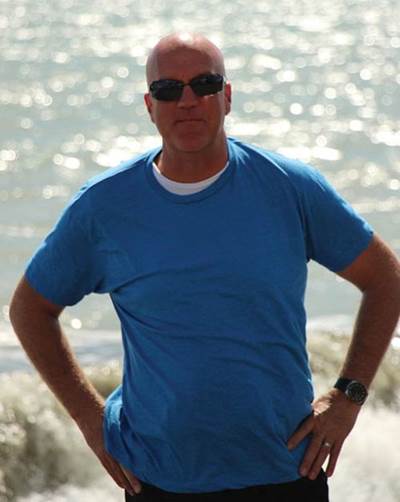Common Sense Manufacturing
This business philosophy focuses on reducing waste and can be applied everywhere in a mold shop to help improve a business' performance.
Common sense manufacturing, or CSM, is a business philosophy used at Byrne Tool + Design that relies on common sense to improve our business’ performance. CSM focuses on reducing waste and can be applied everywhere in a mold shop, including in quoting, job kickoff, design, machining, machine setup, scheduling and capacity planning. Most of these areas have been affected by multiple CSM events at Byrne.
One aspect of CSM is the use of a blitz approach to process improvement, as opposed to a traditional approach that may take longer and yield a smaller improvement. The blitz approach focuses on one small area or process in the shop and assigns a small team to quickly (one to two days) make it better. We don’t spend weeks or months trying to make it the best, we just make it better, then later revisit that area and make it better again.
It all starts from the top. You need owner commitment and habit-forming processes. You have to remove any “fear” in the shop, and show employees that what you are doing is safe and beneficial for everyone involved. To do that, we put in place a no-layoff policy that shows our commitment to the employees: We will not lay off any employee due to efficiency improvements resulting from the CSM process. Instead, we refocus those employees to work in different areas or in a new role at the company. Although CSM needs to start from the top, a successful implementation will switch it to a bottom-up process that is pushed by the employees.
Standardization is another key to improvement. Once everyone is working to a standardized process and you improve that process, the shop as a whole will improve. Byrne uses the 5S process to clean and organize each department. In our shop, 5S stands for sort, straighten, shine, standardize and sustain. Keeping your shop clean and organized will make both your customers and your employees happier.
The 5S process is simple. First, decide on an area that needs to be improved. It’s important here to note that your employees know best what can be improved upon, so get them involved at the beginning and value their feedback. Form a cross-functional team with a few people from different departments (or even customers and vendors) and a leader who heads up the event. This creates collaboration and empathy among the entire organization. Most importantly, you need a team sponsor who acts as the go-to person to keep the team on track and assists if the team gets stuck. This role also ensures that measurables are put in place during the process. Assign a few goals, but don’t define how you think the process should be improved. Instead, rely on the collaborative effort of the team to find a better process. Upon completion, the team presents a report to the entire company that explains the measurables used to ensure the event was successful, the area of focus, improvements made, effects on the process and money saved.
Lastly, remind the team to focus on creativity over capital. You don’t need to spend a bunch of money to get better. The benefit of the CSM process is that it applies everywhere, and once embraced, it becomes a tool that constantly drives change and improvement. If you rest, you rust, and this process is our rust preventative.
In the more than 10 years that Byrne has used CSM, we have reduced lead times by 32 percent, increased capacity by 124 percent and improved our profit margin by multiple percentage points. The process works if you’re 100-percent committed to it.
Related Content
Predictive Manufacturing Moves Mold Builder into Advanced Medical Component Manufacturing
From a hot rod hobby, medical molds and shop performance to technology extremes, key relationships and a growth strategy, it’s obvious details matter at Eden Tool.
Read MoreHow to Improve Your Current Efficiency Rate
An alternative approach to taking on more EDM-intensive work when technology and personnel investment is not an option.
Read MoreDynamic Tool Corporation – Creating the Team to Move Moldmaking Into the Future
For 40+ years, Dynamic Tool Corp. has offered precision tooling, emphasizing education, mentoring and innovation. The company is committed to excellence, integrity, safety and customer service, as well as inspiring growth and quality in manufacturing.
Read MoreLeading Mold Manufacturers Share Best Practices for Improving Efficiency
Precise Tooling Solutions, X-Cell Tool and Mold, M&M Tool and Mold, Ameritech Die & Mold, and Cavalier Tool & Manufacturing, sit down for a fast-paced Q&A focused on strategies for improving efficiencies across their operations.
Read MoreRead Next
Achieving Program Management Success
Effective communication is essential for maintaining good working relationships, keeping customers satisfied and achieving desirable outcomes.
Read MoreCreating Culture
Cultivating a team environment lightens the load on the individual person and distributes it among many, enabling faster lead times and better-quality products.
Read MoreMaximize Your Marketing
Editorial Advisory Board (EAB) Insight from Tim Bartz.
Read More









.jpg;maxWidth=300;quality=90)










